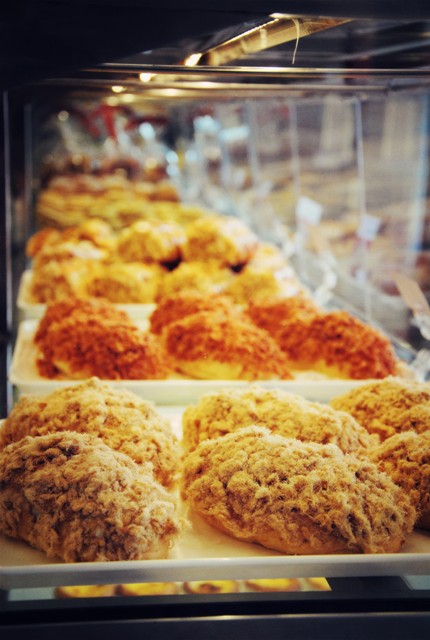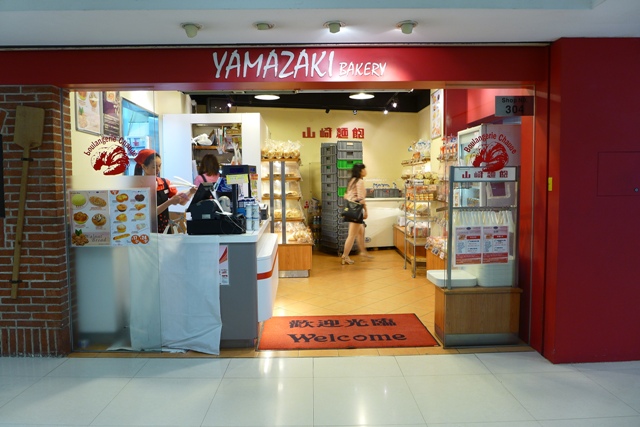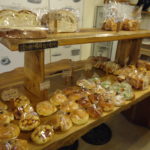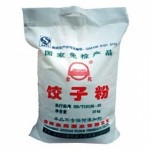The Bakery Market in China
Bakery Product Manufacturing in China Industry
The Chinese market for bakery products could reach $47 billion within the following 4 years as more and more urban people choose to eat snacks on the go. China is set to become one of the most attractive cereals and bakery markets worldwide. According to Daxue Consulting report, the current per capita consumption for baked goods in China is still relatively low, but the research indicates that there is a lot for growth. At present, the average Chinese consumer has only 92 bakery celebrations or occasions per year which is far lower than the European average. Daxue Consulting report also found that Chinese consumers prefer cakes, pastries and sweet pies, their attraction for bread and bread rolls are lower than western consumers. Pastries, Cakes and sweet pies currently account for 43.9% of China’s market share. In 2014, revenue for the bread and bakery product industry in China is expected to reach $12.6 billion, with an annual growth of 21.4% over the past five years.
Bread and bakery products have become daily indispensable for many people, particularly students and workers in urban areas. At the same time, the high level of foreign investment with its large number of new foreign companies in the Bread and Bakery Product industry has resulted in industrial improvements for manufacturers.
Analysis and trends Industry of the Bakery Market in China
Bakeries form an important part of the overall Chinese food culture. Chinese bakeries market can be divided into different segments according to the different regions with specific styles and flavors.
It includes:
- Cantonese bakeries (Guangdong province)
- Sichuan bakeries (Sichuan province)
- Suzhou bakeries (Jiangsu province)
- Qin bakeries (Shaanxi province)
- Beijing bakeries
- Jin bakeries (Shanxi province)
Chinese bakery products can also be divided into deep-fried, baked, and stewed segments. China’s traditional festivals and holidays have a huge influence on market demand for bakery goods (Bread, Cakes, Cookies, Moon Cakes, Pastries).
Baked Goods in China
Baked goods benefited from the rapid expansion of artisanal bakeries. This resulted in consumers becoming more likely to opt for fresh baked goods such as cakes and bread. Growth was also lead by an ongoing rise in disposable income levels, particularly in urban areas and a growing demand for convenience.
Artisanal players dominate the industry and reach 73% of retail value share in 2014, down by a percentage point on the previous year. Artisanal baked goods are mostly sold through bakeries, a platform that propose constant innovations in terms of products and flavors. Becoming wider of artisanal players is meanwhile allowing more consumers to easily purchase artisanal baked products. However, Artisanal companies lost share within the year, chiefly due to industrial players pushing for wider distribution in second-tier cities and rural areas.
In 2014, baked goods have reached 8% value CAGR. Growth will continue to be maintained by a number of encouraging factors, including urbanization, rising disposable income levels, and a growing demand for convenience. An ongoing number of new commerce will open in China such as bakeries, convenience stores, supermarkets and hypermarkets, contributing to the growth of the bakery industry.
Here are the actual variety of baked goods:
Biscuits Market in China
Demand for biscuits is still rising, it continues to be shaped by consumers but with a huge tendency for health conscious products, it is currently constraining sales growth slightly towards the end of the review period. The current value sales and retail volume sales increased by 7% and 4% in 2014, over the previous year. Those figures were mainly due to the consumers’ tendency to eat fewer products with high calorie and sugar levels.
Mondelez is one of the leading players in biscuits and accounted for around 14% value share in 2014. However over the year 2012-2014, the company has lost a percentage point in value share, due to a meager performance for its flagship brand, the black and white Oreo biscuit. Although, Mondelez invested in driving growth for this flagship brand, this shows a sign maturity in the market. The company went through a bad performance with a below-average performance, which lost share in biscuits, with a change of behavior among Chinese consumers; Indeed, they are shifting either to healthier options or more indulgent biscuits such as chocolate coated biscuits.
Biscuits have reached to grow by 4% value CAGR in 2014. Biscuits market is also facing fierce competition from other packaged food categories such as sweet, confectionery and savory snacks. Moreover, in order to gain more share, some multinationals are expected to shift their focus from widening distribution via modern grocery retailers and via traditional grocery etailers in 2nd and 3rd tier cities in China. Those companies are using lower prices in order to compete within those channels, thus constraining value sales growth in the forecast period.
Breakfast Cereals Market
Breakfast cereals benefited both from increasingly lifestyles and health awareness among Chinese consumers. An increasing number of consumers are selecting cereals as a convenient and healthy breakfast choice, allowing them to eat a quick breakfast on busy mornings. A lot of breakfast cereals contain vitamins and fiber. Breakfast cereals are thus increasingly popular alternatives to Chinese traditional breakfast choices such as noodles, rice, baozi “steamed buns” or other baked goods. The extensive range of breakfast cereals that is available in China is also supporting a growth.
Daxue Consulting is the Market Research Company specialized in China Market, contact us to know more about the market, dx@daxueconsulting.com!















